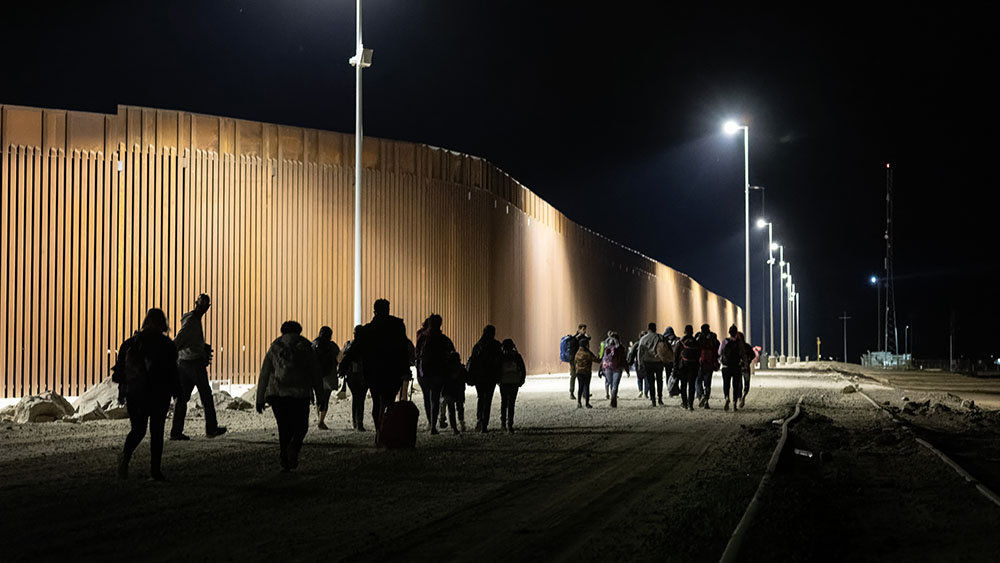
This is according to analysis by RBC Capital Markets, who released a report that found that the supply chain running from Asia to California is not built to accommodate the higher consumer demand for goods we're seeing right now.
The report focused on the country's two busiest ports. The nation's number-one container port is the port of Los Angeles, while the port of Long Beach is the second busiest. The two ports combined account for roughly 40% of the country's imported goods.
The report's authors believe that friction at ports goes beyond worker shortages, with their data suggesting that foot traffic has already rebounded back to pre-pandemic levels, yet the return of port workers has not resulted in an improvement in port logistics.
The report's authors wrote: “If demand for goods remains elevated in perpetuity, the Ports of Los Angeles and Long Beach will never fully clear the logistical hurdles required to untangle the supply chain.”
This also implies that the inflation we're seeing right now could continue for a significant time and may not ease up, even if we are fortunate enough to see the pandemic start to wind down. The U.S. inflation rate is already hitting a near-40-year high, so any sign that inflation is here to stay is bad news for consumers.
The slowdown in the international supply chain has resulted in long waits for a broad range of goods, including appliances, grocery staples, semiconductor chips, furniture and automobiles. The report highlights some of these logistical challenges with help from geospatial intelligence that it uses to track activity at the world's biggest 22 ports.
According to their estimates, consumer spending needs to decrease by 15 percent in the next 10 months in order to undo the congestion. Right now, consumer goods spending is around 20 percent higher than it was prior to the pandemic.
The analysts wrote: “Given the strength of the average U.S. household balance sheet, it is difficult to see near-term reprieve unless the consumer shifts significantly and cannibalizes goods spending with services.”
Making matters worse is the zero-tolerance policy toward COVID-19 that has been adopted by China and is leading to partial intermittent lockdowns of the Ningbo industrial hub. For example, tightened restrictions have compromised the ability of truck drivers to navigate between warehouses and port terminals. Recently, 200 pilots were placed in quarantine after just two of them tested positive in the Yangtze region, leading to the suspension of regional operations for 20 major companies over the holidays. This affected the manufacturing of pharmaceuticals, personal protective equipment, batteries and textiles.
FedEx offering congestion bypass service to help ease backlogs
FedEx Logistics has begun a new service that will use charter vessels to bring goods to a destination port less than 100 miles from the severely backlogged ports of Los Angeles and Long Beach. FedEx imports containers from China for domestic use by FedEx freight in the U.S., and they normally cross the ocean empty. They came up with the idea of selling the space on empty-container sailings to ease congestion at Los Angeles and Long Beach. They claim that shippers can reduce transit time port to port by 20 days with the bypass service, which will see them bringing goods to California’s Port of Hueneme.
Hueneme is situated close enough to the Southern California logistics network that shipping goods there is feasible, although the port’s small size means it wouldn’t be a good long-term substitute. While this effort may help, a long-term solution is needed if RBC’s predictions about ongoing bottlenecks prove correct.
Sources for this article include:
Please contact us for more information.





















